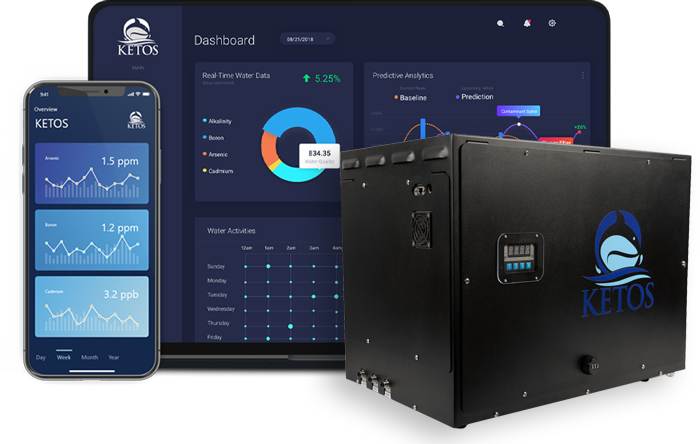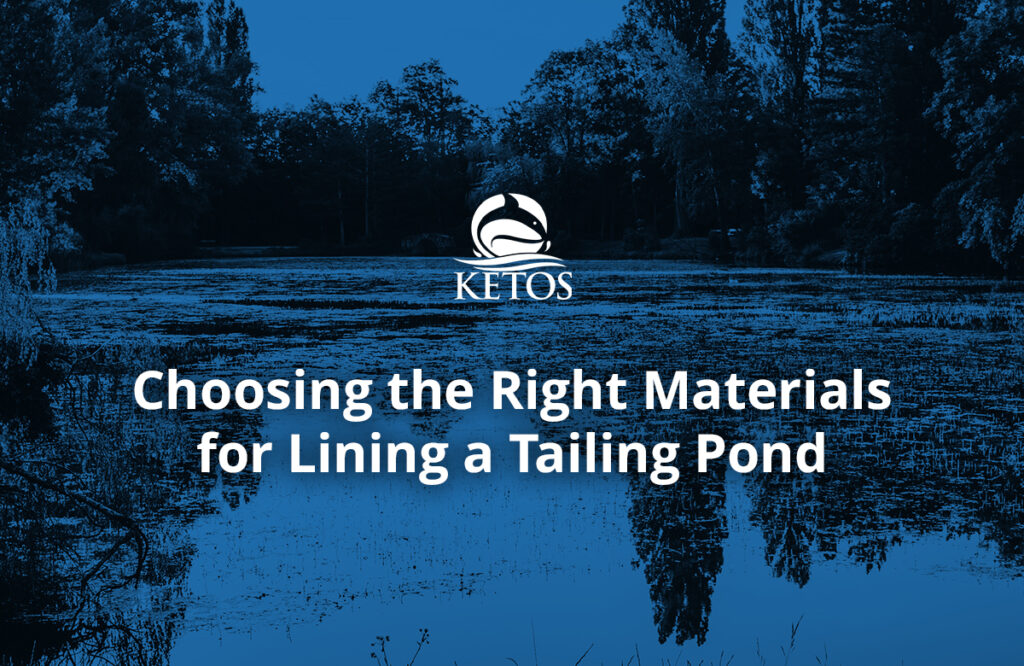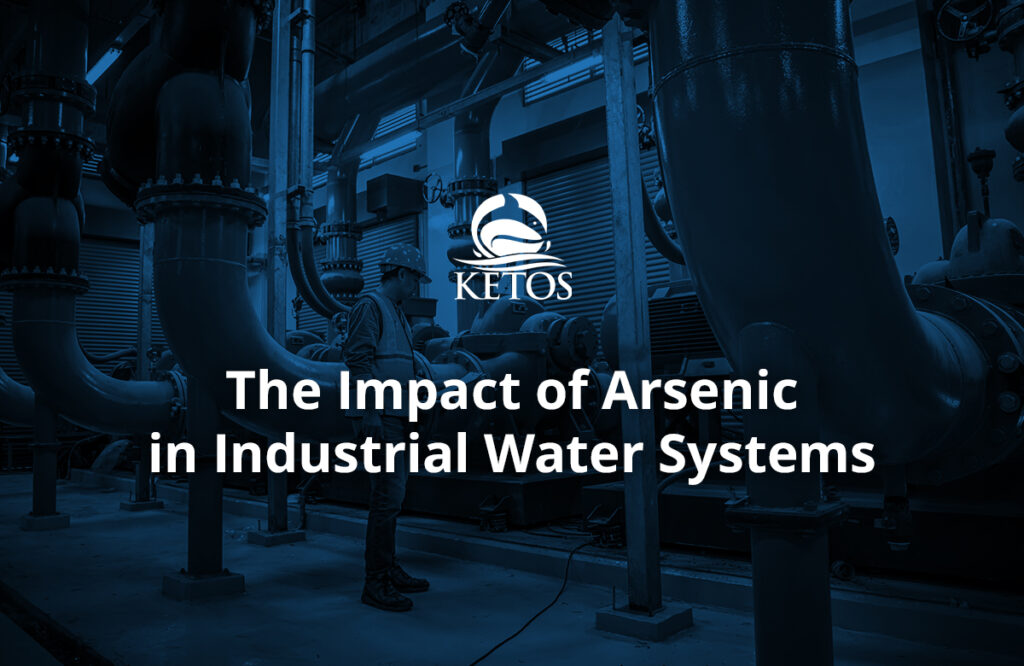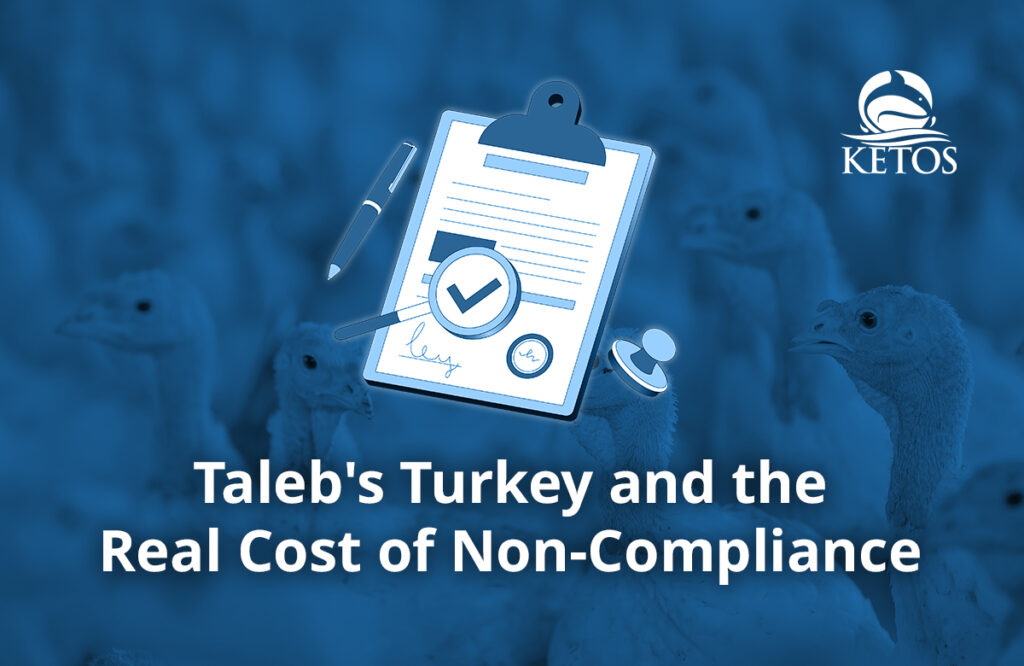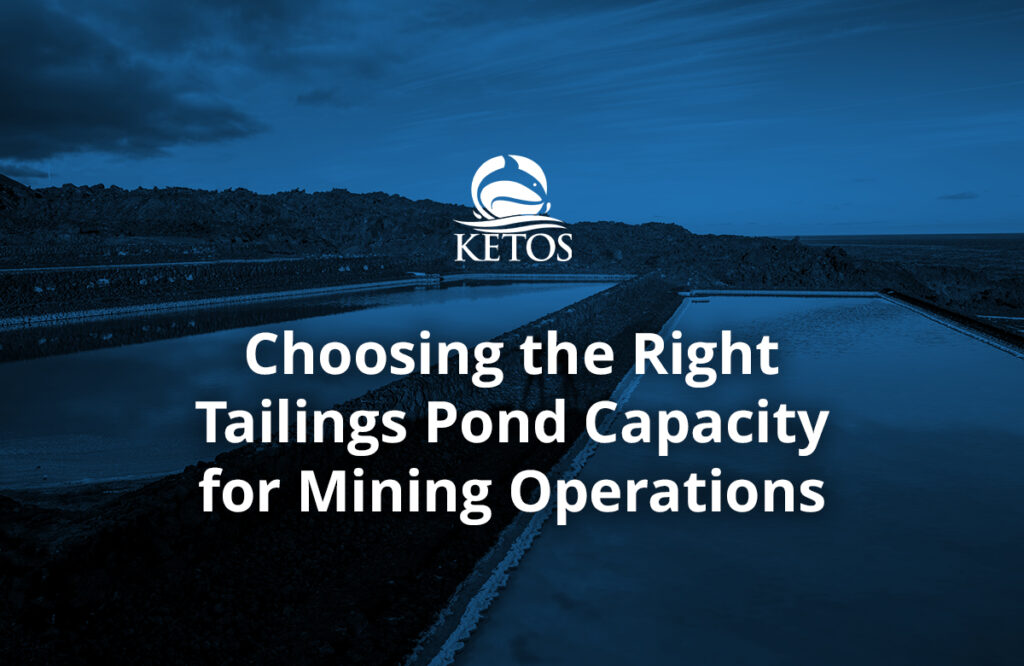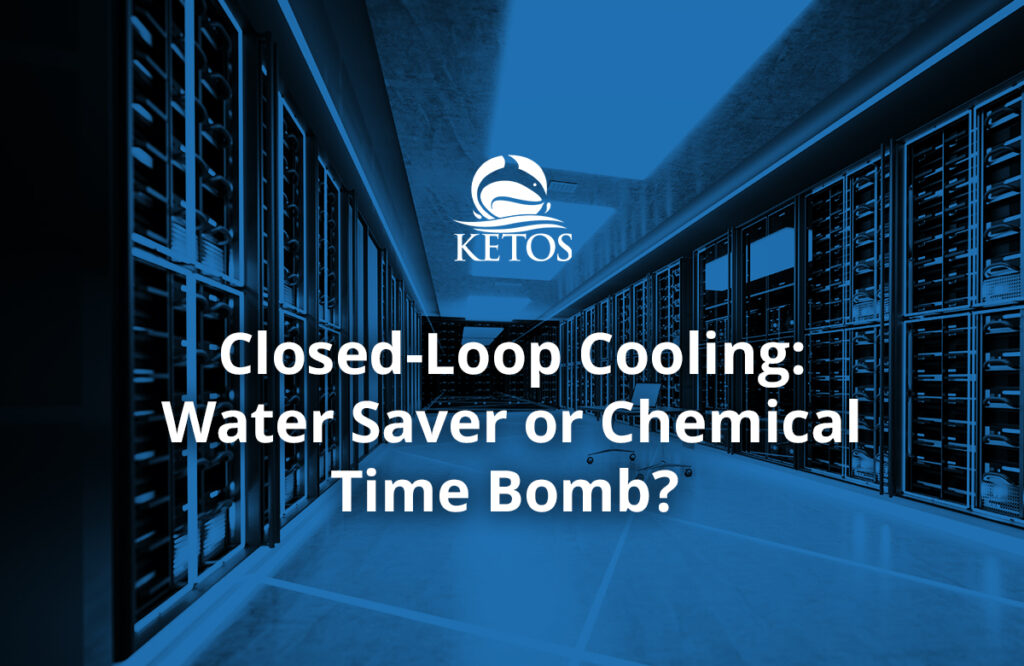In our recent KETOS Cooler Chat with Gary Wong (OSIsoft), and KETOS CEO Meena Sankaran identified several emerging water analytics trends and current challenges in the industry. As a part of that conversation, it became clear that interoperability will play a critical role and is fast becoming an essential aspect of digital infrastructure. Meena and Gary discussed the importance of interoperability and what it means for the future of the industry.
The Problem: Data Silos
Many utilities and organizations have numerous devices designed to monitor specific parameters. While some devices may track turbidity, others may detect contaminants such as heavy metals. There may even be others that look at pH or monitor for pressure changes. Often, these devices run independently of each other and record metrics in various measurements – at different times and using different methods. While some may be autonomous, others may require human intervention.
In general, water data collection has yet to be standardized. More often than not, the result is siloed data, with records scattered across physical documents, excel spreadsheets, or individual dashboards.
To properly use the data, water operators need to compile the data and enlist the assistance of data scientists that can organize and analyze the data in ways that can help managers understand what happened within the infrastructure and why.
While the collection and analysis of data is one problem, the more significant issue is that the process takes time and only allows utilities and companies to look back rather than forward. Insights are only ever really provided on old data, and dated KPIs don’t help anyone make informed decisions in real-time.
The Critical Role of Interoperability: Bringing Data Together
As Meena and Gary point out during their discussion, interoperability will play a critical role and will be a necessary component of future water technology systems. Therefore, the most successful startups in the water and analytics vertical will likely have interoperability baked into their platform.
This is due to the fact that, within many organizations, and especially inside existing utility infrastructure, there are a variety of legacy systems working behind the scenes. The likelihood of stepping into a greenfield environment is low for up-and-coming platforms. Those who will thrive will have to address how to link disparate systems under one umbrella to create a single source of truth. New technology needs to be both an asset and an add-on to succeed, integrating within existing systems and practices.
For example, with solutions like KETOS, hardware can easily be plugged into existing infrastructure without having to reroute or re-imagine legacy setups. Modular devices work alongside SCADA-type systems and other hardware to pull details to one central system and onto the cloud, where it’s possible to collect and extract critical KPIs for accurate real-time monitoring and future analysis. This way, organizations are spending little to no overhead on revamping legacy systems while building a technological link to better data collection and digestion.
The best part, of course, is the potential to allow operators the flexibility needed to add new sensors. As organizations adopt new technology year over year, interoperable solutions will create value through longevity and flexibility.
Why Interoperability is Here to Stay
After more than a year of COVID-related business upheaval, it’s become more apparent than ever that the organizations that will thrive in the future are the ones that build for resiliency today. By adopting interoperable solutions (like KETOS) users can monitor water across a variety of parameters. This allows users to pull the most useful data to help organizations operate more efficiently. The autonomous nature will enable them to do so in even the most challenging conditions by allowing for remote access.
Autonomy is essential on another front as well. As AI and machine learning continue to become more mainstream, it will be more critical for organizations to provide clean, contextualized data into artificial learning systems. These regular sources of accurate data will help AI effectively “learn” to offer predictive and prescriptive analytics. These suggestions and datasets ultimately will assist water operators in making decisions in real-time.
In the future, interoperable systems leveraging ML and AI could:
- Advise on maintenance schedules
- Warn against equipment failures
- Help balance chemical composition in water
- Prevent contamination
- Predict usage and spikes in service
The bottom line: interoperability will play a critical role and will be a must-have feature for all future water quality technology. Adopting technology like KETOS enables utilities and industry leaders to understand the water consumption and composition – not only across a variety of parameters but also in real-time from one central location.
If you have questions about KETOS and its interoperability capabilities, let’s talk.
